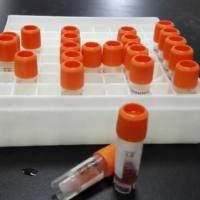FISH Analysis
互联网
1252
In situ hybridization of specific DNA or RNA sequences to cellular targets was developed over 20 yr ago (1 ,2 ). The early techniques employed isotopically labeled probes and subsequent autoradiographic detection using a photographic emulsion overlying the metaphase chromosomes, nuclei, or whole cells. However, autoradiography requires long exposure periods, and is not practical for clinical application. In the late 1970s, nonisotopic methods of nucleic acid labeling were developed. The subsequent improvements in the detection of reporter molecules using immunocytochemistry and immunofluorescence, in conjunction with advances in fluorescence microscopy and image analysis, have made the technique safer, faster and reliable.







